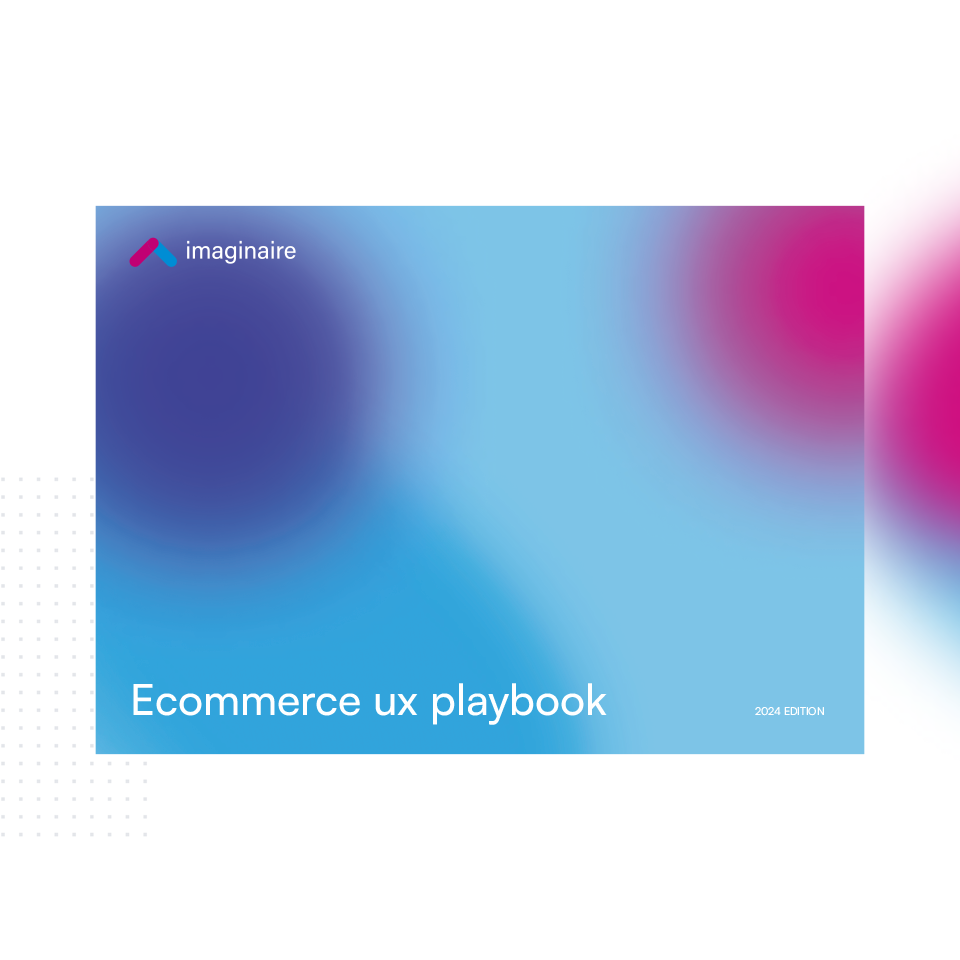If you currently own an ecommerce store or are thinking of starting one, you’re in great company. That’s because, with ecommerce set to generate $7.9 trillion by 2027 (Forbes), ecommerce remains a highly lucrative way to make money online.
Of course, building and maintaining an ecommerce store isn’t always plain sailing. In particular, your choice of ecommerce platform will dictate how easy you find it to build and scale your online store.
Shopify and Magento (also known as Adobe Commerce) remain two of the biggest ecommerce platforms out there.
So what are the differences between the two, and most importantly which is right for you? Here is what you need to know.
Ease Of Use
When starting an ecommerce store, your budget along with your knowledge will influence what you need out of the platform in terms of ease of use.
Similar to building a website on Wix in a few clicks versus custom coding a website for WordPress, one option is much more user-friendly than the other.
While Shopify Vs Magento doesn’t offer a direct comparison to this example, there are some strong similarities you need to consider. Namely, whether you are looking to build the store yourself as an everyday user, or if your store will be built by experts on your behalf.
Shopify
It’s possible to build a Shopify store using a template with a drag-and-drop builder or make your own custom template. For ecommerce beginners who don’t have the budget to hire a professional web designer, being able to create a digital storefront with little skills or money to do so is incredible. Shopify even handles all of the technical aspects including hosting, domain services and security so you don’t have to.
Shopify does allow for customisations and integrations, although these are limited to the structure of the platform. In other words, you remain within the ecosystem of Shopify including which products it approves, rather than having full creative freedom over the products or services you wish to integrate with.
Magento
Magento is an open-source product geared towards developers and similar technical expertise. You will need to arrange hosting yourself and spend quite a bit of time building everything. Likewise, you will also need to handle the maintenance and security of your ecommerce site.
While all of the above may seem like a downside, consider that what Magento provides is the complete freedom to build and set up your ecommerce store exactly as you wish. Down the track, this can result in fewer limitations that can sometimes be experienced with Shopify, especially if you want to scale your ecommerce store.
Marketing Tools
Even if you sell the best products in the world, it’s no good if your customers can’t find your website!
While you should look to do plenty of marketing away from your website (i.e. PPC, social media marketing and email marketing), the available tools on the platform are also important. In particular, the ability to customise product titles and descriptions so that they are easy to find on search engines.
Shopify
Basic SEO customisations are available on Shopify, including the ability to add product descriptions and meta tags. Users can also create their own blogs to boost their SEO efforts. In addition, Shopify has various integrations including popular marketing tools.
Magento
Magento has more advanced SEO capabilities with product integrations also available. Given the competitive nature of ecommerce, having the ability to implement the most advanced marketing techniques is a huge bonus.
Cost
Every business must consider its overheads and ecommerce businesses are no exception. That said, ecommerce business owners must consider the potential ROI from any investment they make into their store when deciding whether or not the cost is worth it.
Shopify
Shopify plans start from £19 per month. There are free trials available and the option to try your first month for just £1.
However, unless you have the ability and time to build and maintain your Shopify store, you’ll also need to account for the cost of web design and digital marketing.
Magento
Magento is free to download as an open-source tool. That is unless you opt for Magento Commerce Edition or Adobe Commerce Pro which start at $22,000.
Even if you opt for the free version, you do need to account for the cost of custom web design and development. Plus the ongoing maintenance of your store. There is no set figure on this as it depends on the scale of the work involved along with the experience of the designer or agency.
Summary
For those just starting out with ecommerce, Shopify may prove sufficient for your needs. If you have a little technical know-how, it’s not too difficult to build your store either. That said, you will need to enlist professional help to scale at some point, especially if you’re not a seasoned web designer or digital marketer.
Magento offers an alternative for ecommerce owners who want full control over how their store looks and operates, including the need to scale with ease. While Magento is designed for experts, it does remove the limitations that can sometimes be experienced with Shopify.
Magento to Shopify Migrations
Struggling to decide whether Shopify or Magento offers the best option for your business?
There is a lot more to the Shopify vs Magento debate since there are so many aspects to consider. So let’s talk more!
Imaginaire is a leading UK ecommerce agency that specialises in Shopify Plus and Shopify web design. We can offer you a free website review where we can also help you choose the best ecommerce platform for your needs. Find out more about our key service here or discover more about our Magento to Shopify migration service.
Just starting out? If you are looking to establish your ecommerce store from scratch, then we can also help design, build and market your store.
Whatever stage your business is at, contact our experts today so that we can put your ecommerce store on the path to success.
